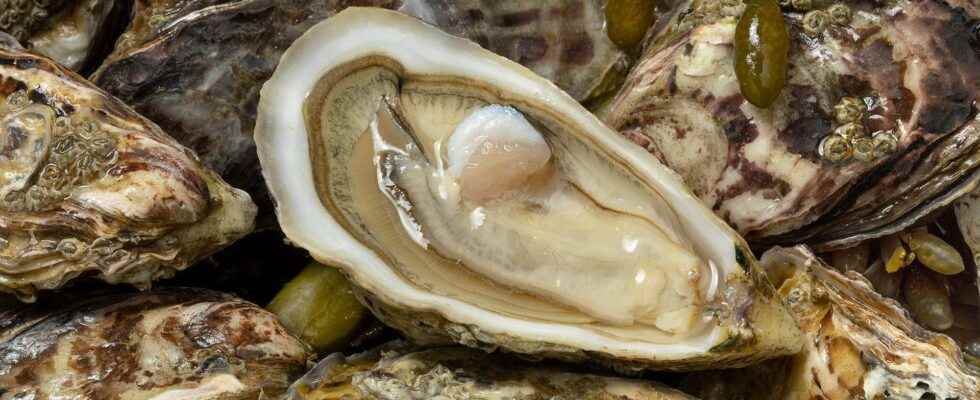Every year, 12.7 million tonnes of plastic are released into the marine environment. The proportion of chemical additives contained on average in plastic objects is estimated at approximately 7% of their mass. For rubber in particular, which is mainly found in the form of wear dust from tiresthey represent up to 50% of its mass.
By diffusing into seawater, these complex compounds (hydrocarbons and contaminants minerals) impact the biodiversity Marine ? Ifremer scientists have grown oysters hollow, Crassostrea gigas, in the presence of a cocktail of these chemical compounds to better understand its effects on their development.
Fewer and smaller oysters
The first observations show that these contaminants reduce the survival rate of embryos, and heavily impact the reproduction of these oysters. In the strongest concentrations, this toxicity can even lead to the death of all of the larvae. More recently, scientists have shown that adult oysters are also weakened in the presence of these contaminants, even at lower doses.
” In the presence of chemicals from tires, the respiratory capacity of oysters was reduced by 16%, and their ability to feed was reduced by half. They then have lessenergy to devote themselves to essential functions, such as their growth, or even to resist diseases and other external aggressions », specifies Kévin Tallec, ecotoxicologist at Cèdre, who conducted this study during his post-doctorate at theIfremer.
Chemical toxicity depends on the wear condition of the plastics
The chemical additives released into the water depend not only on the composition of the plastic materials, but also on their degree of wear. In the first part of the studyscientists compared the toxicity of different rubbers and showed that new objects are more harmful to oysters than used objects which must have released some of their chemical compounds during their lifetime.
This is particularly the case for rubber bands used in oyster farms: if they are new, their harmful effects on the development of cupped oyster larvae are 10 times greater than those observed for rubber bands already used for several months.
” The next step is to evaluate and compare the toxicity of the different rubbers that we manufacture, for biodiversity and for humans, in order to develop safer products, says Arnaud Huvet, biologist at Ifremer. In the laboratory, we continue to measure the chemical impact of other types of plastics in our daily lives on marine life, such as textile microfibers “.
Predicting the movements of microplastics
At sea, large plastic waste breaks up into microplastics, which are ingested by mussels and other marine organisms because of their size close to that of plankton. Just like this one, these plastic particles move according to the currents, the windand other natural or anthropogenic factors.
These movements can lead to a large variability of contamination backgrounds, as shown scientists in this study in the bay of Marseille: the quantity of microplastics measured per square kilometer can be multiplied by 200 from one measurement point to another, a few kilometers apart. Scientists have therefore developed hydrodynamic models in order to anticipate the accumulation of plastics according to the weather report and human activities to develop strategies for the protection of crops and marine life
